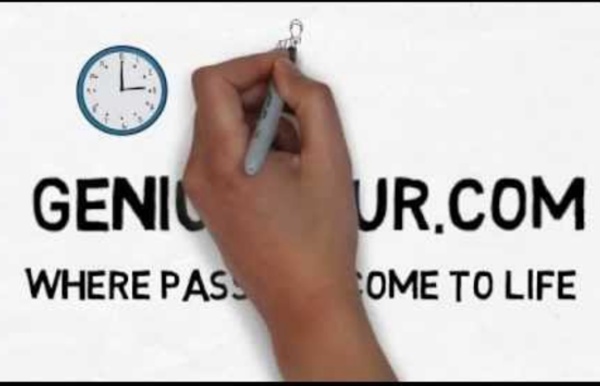What is Genius Hour? - Introduction to Genius Hour in the Classroom
http://www.youtube.com/watch?v=NMFQUtHsWhc
What Is Genius Hour and How Can I Try It in My Classroom?
Whether you’re new to teaching or a seasoned veteran looking to keep up with the trends, you’ve probably heard the buzz about Genius Hour. Maybe you’re thinking about giving it a try but aren’t sure where to begin. WeAreTeachers has your back!
Related:



